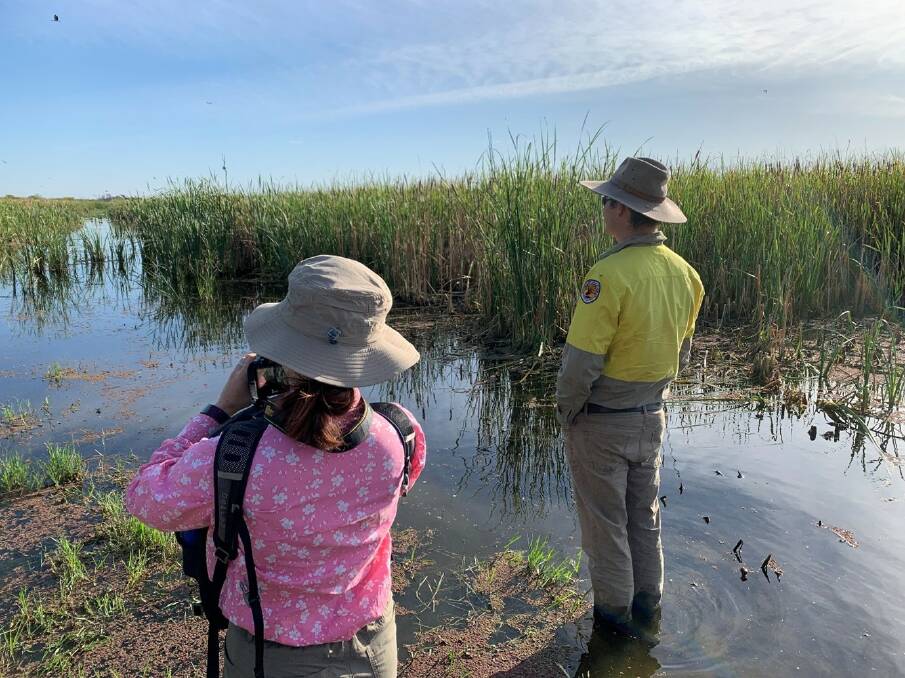
It's boom time in the Gwydir Wetlands with the first large-scale colonial nesting waterbird breeding event in 10 years.
Subscribe now for unlimited access.
or signup to continue reading
Large natural flooding from rain events over November and December 2021, added to environmental watering in past years, has caused the "exciting result".
Commonwealth Environmental Water Office Local Engagement Officer Jane Humphries said large colonies of waterbirds had been breeding successfully throughout summer and early autumn.
"In late December New South Wales aerial surveys identified thousands of nests of several species including Royal spoonbills, Egrets, Nankeen night herons, Glossy ibis and Straw-necked ibis," Ms Humphries said.
"We're thrilled to see the next generation of tens of thousands of young waterbirds successfully fledged in the Gwydir Wetlands.

"While we wait for final nest numbers from scientific monitoring, the estimated numbers from on-ground surveys are around 30,000 across seven colony areas," she said.
"Water for the environment was used to stop water levels under the nests in the wetlands from falling too low too quickly and drying out too soon. This also reduced the risk of breeding birds abandoning their nests or chicks. The right level of water also stops predation from pigs and foxes.
"Following on the initial work of mother nature, environmental water deliveries inundated core breeding and feeding areas in watercourse country west of Moree ensuring that plenty of food sources were also available," she said.
Collaborating with state agency partners and service providers to assist with monitoring of waterbirds, frogs, vegetation and water levels in the wetlands, Ms Humphries said seeing the wetlands come alive with waterbirds, along with many other animals over summer was such a positive outcome for the local environment.
"It had mostly been a very dry period after 2012 until finally some better rainfall and flows started in 2020. Last year was much wetter and included two large floods in the watercourse country west from Moree," she said.
The CEWO and NSW Government's Water for the Environment program team members gain advice about delivering environmental water from a range of important stakeholders including the Gwydir Environmental Water Advisory Group, NSW National Parks and Wildlife Service, local Gomeroi/Kamilaroi Traditional Owners, irrigators, monitoring service providers, landholders and managers and the local community.
Ms Humphries emphasised that while deliveries of water for the environment have been vital in helping to support the rivers and wetlands, at various times, it is the larger natural inflows that create the bigger boom times.

